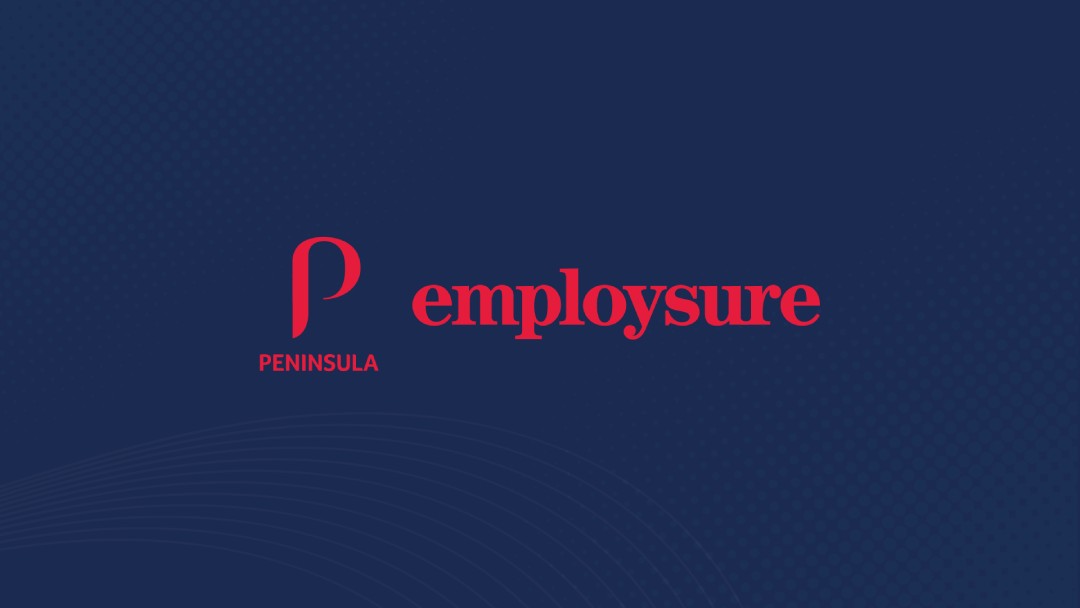
The International Classification of Diseases (ICD-11) describes ‘burn-out’ as an occupational phenomenon. It further defines burn-out as a syndrome resulting from chronic workplace stress that has not been successfully managed. Burn-out occurs specifically in the occupational context and should not be applied to describe experiences in other areas of life. In simple terms, it is a combination of work-related stress, exhaustion, and negativity. Job or employee burnout is a growing phenomenon in the modern and digital age. The workplace is changing rapidly, adapting to digitalisation, and leading further to an erosion of work and personal boundaries.
A worldwide survey commissioned by work management application software Asana had found out that Australians had one of the highest rates of burnout of any country in 2020. While conditions may have changed, it is imperative that we pay attention to burnout.
Signs of employee burnout in the workplace
We are built to handle healthy amounts of stress and pressure. When the pressure gets extreme or the environment becomes unhealthy, we inch towards psychological burnout. What are the signs of burnout at work?
Mentally distant- According to a survey conducted by Gallup, burnt-out employees are 2.6x as likely to be actively seeking a different job. This is an indication of their disconnect and feeling mentally distant.
Increased absences- Burnt-out employees are 63% more likely to take a sick day.
Exhaustion- Another sign of burnout at work is extreme exhaustion and lack of sleep.
Loss of productivity- One of the symptoms of burnout is loss of productivity. Employees struggling with burnout don’t want to contribute to work or learn new things or progress in their role.
Negative attitude- A cynicism develops in people affected by emotional burnout. They lack motivation and can’t find meaning in work and don’t want to engage in professional or social interaction.
What causes employee burnout?
According to The Global Burnout Study, employee burnout has increased by five per cent in the last 12 months. According to researcher and professor emerita of psychology at the University of California, Berkeley, Christina Maslach says that we are attacking the problem from the wrong angle. By generally categorizing burnout as a disease or individual problem, we are concluding that there is something wrong with the person, not the companies or the workplace. Professional burnout is the result of poor organisational culture and structure. It is not specifically the fault of a single individual or an individual circumstance.
Unmanageable workload- The number of hours you work each week does matter. The risk for burnout increases significantly when employees exceed an average of 50 hours per week. People who tend to work 60 hours are at higher risk of burnout. Long hours, excessive tasks, lack of clarity, or short deadlines can all lead to an unmanageable workload.
Toxic workplace culture- Workplace culture is defining how an employee functions and engages with others. A toxic workplace culture could mean different things-
Lack of flexibility- Strict adherence to logging in, timing lunch breaks to the minute, lack of work from home arrangements or remote working options could all indicate a lack of flexibility and adaptability.
Intense pressure- The pressure to meet deadlines and targets can get extreme and create a toxic environment.
Controlled environment- A company where managers have extreme control over their employees can feel negative and toxic. Managers that demand complete obedience and discourage honest communication can further cause burnout and stress among employees.
Lack of support- As mentioned previously, burnout is not caused by a singular factor. There is a systemic and structural lack of support that leads to burnout. Managers, leaders, and senior management fail to support employees effectively.
Unfair treatment- Some employees feel burnout due to being treated differently or unfairly at work. Unfair treatment can manifest in ways such as favouritism, discrimination, consciously offering someone better and bigger projects, and ignoring the ideas of a particular person. This kind of unfair treatment causes a break in trust, and it damages the belief employees have.

How to avoid burnout in the workplace?
Burnout prevention strategies place a lot of emphasis on individual responsibility. This is problematic because it fails to identify structures and cultures that cause employee burnout. Organisations offer time off, perks, or other benefits to alleviate stress and burnout. The message behind offering time off is that employees need to be doing more (more mindfulness, more gratitude, more productivity) and their failure is the sole cause of their burnout. If you are asking your employees that the best thing they can do is not come to work for a while, there is something wrong with the work. Employees who return from this time off come back to the exact same situation and find themselves trapped in a cycle of stress again.
But that is not to say burnout isn’t preventable. It can be fixed if the right tools are used.
Integrate wellbeing a part of your culture- When your organisation integrates wellbeing as a part of the culture, instead of an afterthought, employees can avoid burnout. Employers usually invest in workplace wellness programs to decrease burnout. Studies have proven that wellness programs have no significant effects on clinical measures of health or employment outcomes.
Equip and educate your managers- Leaders and managers set the tone for the workplace. Educate your managers about the way they can support employees. Are your leaders equipped to listen? Sometimes its as simple as walking around the workplace. Management by wandering around (MBWA) is a popular practice that recommends managers to wander around. Walk the floor, ask questions, move around desks, and listen. It might seem aimless but by walking around you get to observe your employees in their space and see the real issues affecting them daily. It also helps them connect to you and feel that you are present and willing to listen.
Improve the employee experience- Employee experience begins from the time you put out a job ad.
Create a simple job ad- Is the job description accurate? Have you included all the relevant information?
Hire for a purpose- Having a purpose for the workplace and the role can improve employee experience.
Build an onboarding experience- A good onboarding experience can increase employee engagement and improve retention.
Communicate- Make sure communication lines between you and employees are open and easy. If employees must chase their managers for feedback or important conversations, it can make them feel unappreciated or cause a lack of trust.
Offer constructive feedback- Employees will make mistakes. How you respond to those mistakes paves the path for employee engagement. When required, offer helpful and constructive feedback. Be specific, what can they do better? Is there any resource they can use? How can you help them?
Flexibility- Employees want employers who trust them. Give them autonomy to do hybrid or remote work. By being flexible, you indicate that you trust them and believe in them to do their jobs effectively, wherever they might be.
How to reduce burnout in the workplace?
Business owners may not have control over external factors and the environment. Volatile economic conditions, labour shortages, and increasing expenses further contribute to the pressure of the workplace. Work itself is changing and unless we evolve rapidly with it, we will not progress.
The simple truth is that reducing burnout can only be achieved if business owners and employers realign their processes and cultures. It may seem complicated and difficult in the short-term, but it will be extremely rewarding in the long run.
Allow for recovery- Industries are struggling with a lack of skilled workforce. People in the construction, healthcare, and retail industry are feeling the pressure. These industries are people-oriented and can require employees to have an ongoing and high level of personal contact and physical effort. High in demand and low in resource equals high chances of burnout. It is crucial that you allow for recovery in these conditions. What do your employees need? Can you offer monetary rewards or other benefits such as a day off or other employee benefits? You can also consider offering an employee assistance program (EAP).
Create social connections- Professional relationships can be rewarding but they can also be emotionally and mentally exhausting. Create social connections at your workplace. You can implement regular tea/coffee breaks where employees get to move around and talk about something other than work. Create an office playlist that they can suggest music for. Hold a yoga or meditation workshop once a month for employees to disconnect and relax.
Show appreciation- Managers can show appreciation towards their employees during team meetings or check-ins. Vocalise gratitude and your appreciation openly and regularly.
Foster open communication- Can your employees share their honest feelings with you? Do they have a safe space for expressing any concerns or emotions? Can they approach you to mitigate stress or reduce their workload?
How does burnout affect employees?
Middle-managers or people managing managers are reporting the highest levels of burnout within organisations according to The Global Burnout Study
Women are feeling burnt out more than men
Short term fixes or individual solutions have no long-term curative or preventative effect on employee burnout
40% of people who changed jobs in 2021 in the US listed burnout as the reason for leaving
Organisation wellness is a $8 billion dollar industry in the US and yet a Harvard study has found that wellness programs have no impact on overall health of employees
The highest level of burnout is in the 35-44 age group
Burnout vs depression
There has been significant debate around the similarities of burnout and depression. Is burnout the same thing as depression? Some studies have suggested that the two concepts are distinct- burnout is job-related and specific to the situation, while depression is general, context free and ongoing.
There are some problems with this argument. Common signs of burnout include fatigue, exhaustion, inefficacy, and lack of interest in things and people. These are also some of the symptoms of depression. There is an overlap between the two constructs. An increase in burnout causes subsequent developments in depression.
So, while they are not completely independent, they are not the same either.



